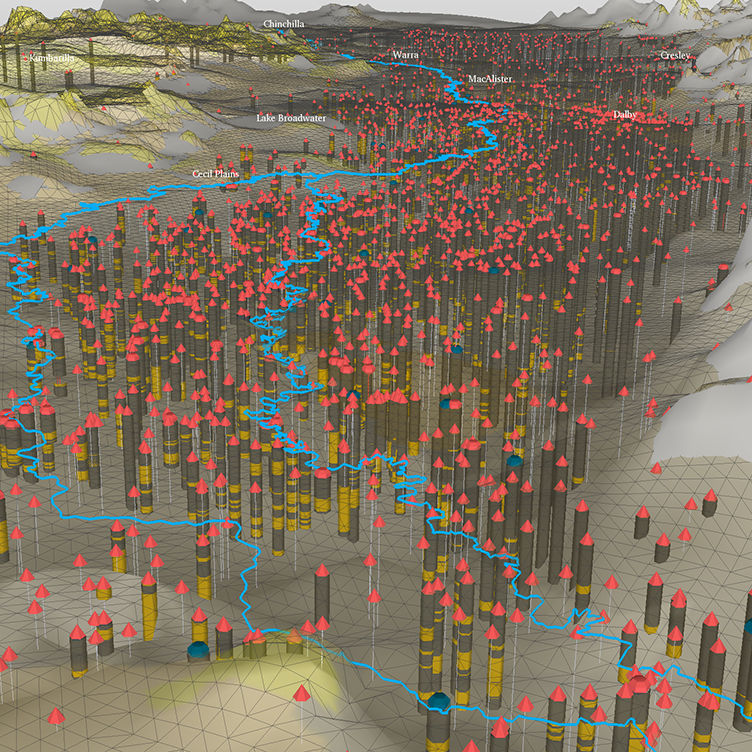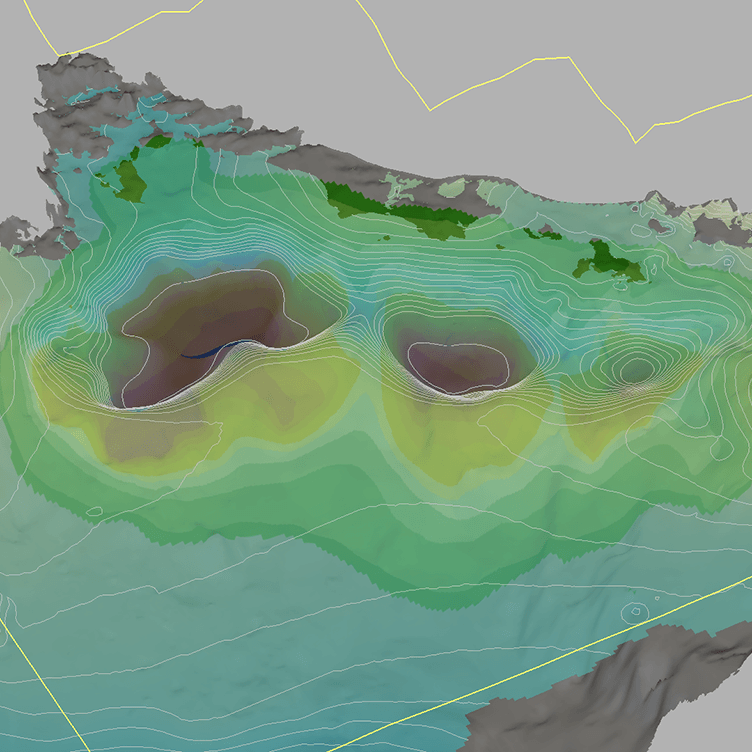Water models are developed and used in Queensland to inform decision making across a range of water policy, planning and management issues, including, but not limited to, water resource planning, groundwater impact assessment, flood risk management and Great Barrier Reef water quality improvement.
Water modelling is a diverse area of activity that generally involves developing mathematical and logic-based representations of real world relationships between different variables (e.g. the spatial and temporal relationships between water quality pollutants, stream hydrology, plant life and other chemical components of river water), then using these representations to understand how processes (e.g. pollutant dispersal and fate in rivers and coastal areas) will operate under different conditions.
Some of these conditions may represent anticipated potential future conditions (e.g. temperature and rainfall distributions under climate change) and others might be designed to represent management actions.
Often these representations are embedded within simulation programs, to understand how complex sets of real world relationships will interact with one another and pan out over space and time (e.g. across a catchment or in a sewerage network). These computational models can be used as tools to inform policy, planning and management decision making and action taking.
Key water models used in Queensland include: eWater SOURCE, eWater MUSIC, HowLeaky, MEDLI, TUFLOW, SimHyd, HEC-RAS, and many others. A catalogue of models can be found on the Queensland Government’s website.


There are many places to learn about the science and practice of modelling and how it relates to the modelling processes that involve water.
Textbooks are a good place to start learning about the basics of mathematical modelling and specific modelling techniques, such as system dynamics, as it applies to modelling environmental processes.
Different models and modelling tools have their own training packages and courses available. The TUFLOW training package is one such example.
A range of best practice guidelines are available to help guide modelling. General guidelines for water modelling are available through the QWMN, as well as guidelines for specific applications, such as for river basin management.
There are a host of other guidelines available online, for using different modelling approaches and tools. An example is the eWater SOURCE guidelines.
There are a wide range of journals dedicated to modelling and model application across water and environmental domains, including Environmental Modelling and Software.
There are also a host of opportunities to learn from practice, through professional societies and conferences including MSSANZ and their conference MODSIM, and iEMSS and their biennial conferences, as well as QWMN events.